How the rituals of death are changing for the environment

He was an avid sailor, a talented dancer, a devoted father and an entrepreneurial fireworks professional whose gunpowder-fuelled chemical concoctions lit up New Zealand skies in dazzling displays of sound and colour.
When Anthony Lealand died last June at age 71, following surgery-related complications, he went more gently than many into Dylan Thomas’ good night. His body was washed and dressed by his two children, placed unembalmed in a macrocarpa coffin made by son Nicholas in the shape of a boat, then lowered into a shallow grave on a gently sloping lawn overlooking Lyttelton Harbour.
Eight months later, few signs remain at the new eco-burial site in the Diamond Harbour Memorial Gardens Cemetery. No headstones, no permanent markers. Just some native grasses, a cluster of young coprosma, the smell of pine, the sound of birdsong, the glint of the sea on which Lealand loved to sail.
“I’d much rather think of my father at the beach,” says Nicholas. “He wasn’t very spiritual or sentimental about his body. We know he is in the ground just there, but he isn’t in his physical body – he is in his life’s work, his children. The soul is this elaborate metaphor to mean all the things that are outside your physical body, and that part of him continues on. His business is still running, his friends still tell his jokes – all that is still there, but his body is just compost.”
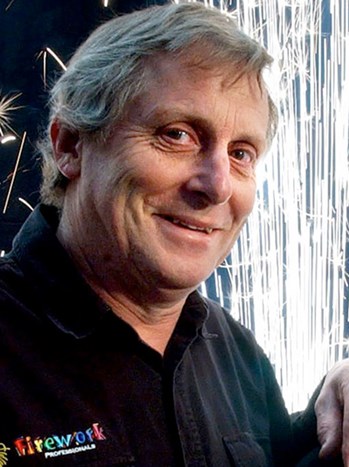
No surprises
So, what’s needed for a good death? As palliative-care doctor Janine Winters writes in Death and Dying in New Zealand (edited by Emma Johnson) the person should be comfortable, in the location of their choice, with people they care about. They should have a caregiver, be warm, dry and clean, and have the necessary medication for physical symptoms. “There are no surprises,” she writes. “They have had the opportunity to put their affairs in order. They are able to say those things that need saying. I forgive you. Please forgive me. Thank you. I love you. Goodbye. All these things together – comfort, agency and preparation – provide for what I understand as dignity.”
But it’s what comes next that’s breaking down our traditional ways of thinking about and dealing with death. Increasingly, a generation taught to tread lightly on this earth in life is looking to do the same on the other side of the grave as it questions the need for permanent memorials, costly and potentially ground-contaminating coffins and even embalming.
For Nicholas Lealand, these were neither important nor appropriate. “Embalming, putting make-up on – it is lying to yourself. It is saying he is not really dead or he’s just sleeping. And it always felt really disrespectful for the final act of your existence to be to poison the soil.”
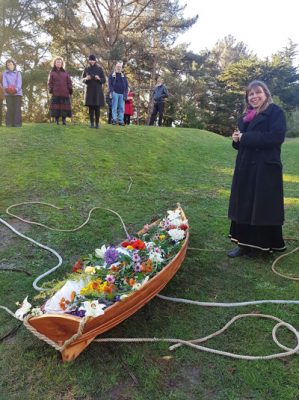
In a natural, green or eco burial, the body is not embalmed – although it may be refrigerated or treated with oils. It is buried in a biodegradable shroud or a box made from cardboard, untreated wood or fibres, then buried in a relatively shallow grave – 60-100cm rather than the traditional 1.8m or six feet under – where there is more biological activity to aid decomposition. Instead of a headstone or plaque, a tree is often planted above the plot, with GPS and map co-ordinates to allow the site to be traced.
Demand for such low-impact burials is growing. The Italian art project Capsula Mundi has designed biodegradable egg-shaped burial pods, in which ashes or a fetal-crouched body can be placed and buried like a seed beneath a tree to offset the person’s carbon footprint and contribute to a cemetery that is more woodland than graveyard. US company Coeio sells burial suits and shrouds lined with fungi and other microorganisms that aid decomposition.
According to Bloomberg magazine, about 8% of the more than 150,000 burials that take place in the UK each year are now natural burials, up from about 3% just three years ago. A 2015 study found that 64% of US citizens aged 40 and over would consider a green burial, up from 43% just five years earlier.
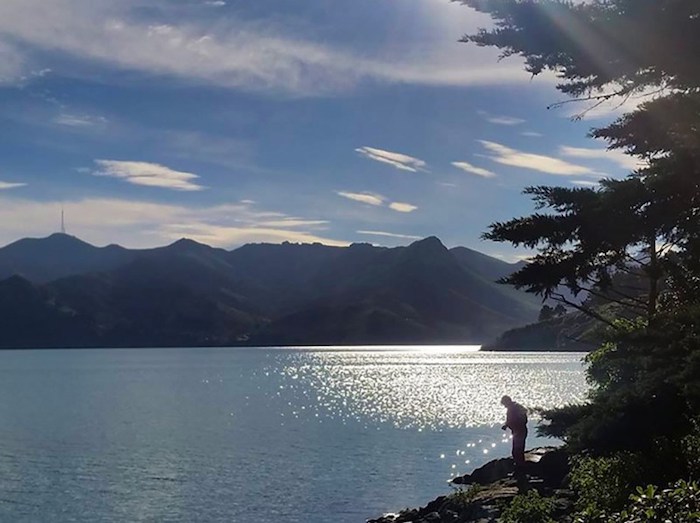
The Kiwi connection
New Zealand’s eco-burial tradition goes back 20 years, when public relations consultant Mark Blackham and his wife, Sola Freeman, wanted to bury their baby daughter in native forest. They weren’t allowed, says Blackham, “but I couldn’t see any practical or sensible or ideological reason why you wouldn’t do it”.
Inspired by the fledgling green-funeral movement in Britain, he began his “infamous round of phone calls” to every council in the country. Nearly a decade later, in June 2008, the Wellington Natural Cemetery at Makara became the first natural cemetery in a city outside the UK.
Today, Blackham’s not-for-profit organisation, Natural Burials, lists six certified natural cemeteries in Wellington, Kāpiti, Carterton, Marlborough, New Plymouth and Westport. Other uncertified natural cemeteries have been formed in Auckland (the natural burial site at Waikumete Cemetery was awarded the Innovation Award at last year’s Cemeteries and Crematoria Collective Conference), Hamilton, Thames, Nelson, Motueka, Dunedin, Invercargill and Whangārei – now home to New Zealand’s first cemetery in an existing forest. Smaller initiatives, such as that at Diamond Harbour, offer eco-burial alternatives, often within existing cemeteries. Some funeral directors are also coming on board, helping clients choose green, low-cost or DIY burial options.
Driving this interest, says Blackham, is concern about the environmental toll of conventional burials. Standard coffins may contain glues, chemical binding agents and metals. Embalming products – and 90% of the dead are embalmed before being lowered into the ground – can include glutaraldehyde, methanol, phenol, paraformaldehyde and formaldehyde.
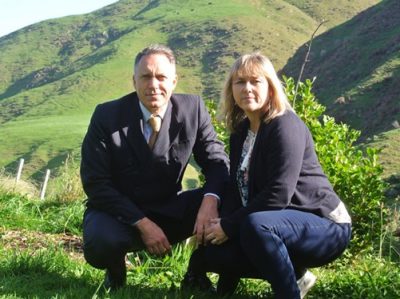
A 2017 University of Pretoria study found that even though only about 3% of the formaldehyde used in embalming percolates down through the soil, two of the 27 soil samples studied had concentrations of the chemical considerably higher than what is deemed tolerable by the World Health Organisation. The study also found high levels of various metals and phthalates from the plastic and varnishes used in coffin materials.
Left to its own devices, however, a decomposing cadaver is a high-quality nutrient resource; it has a low carbon-to-nitrogen ratio (good for decomposition) and a high water content. According to the prosaically named Corpse Project in the UK, a cadaver can provide 17 of the 18 elements required for plant growth. Cremated remains, in contrast, are usually of little use in the soil and can be harmful.
A recent report from the University of Sheffield estimates that 0.25g to 1g of mercury from amalgam tooth fillings is released from each cremated body. Though this is a tiny fraction of overall mercury emissions, five European countries have banned or significantly reduced the use of amalgam largely on environmental grounds. Several US states now offer bio-cremation – a chemical process in which bodies are broken down into their chemical components, leaving bones and a recyclable liquid – as a less polluting alternative to cremation.
Young people in particular are influenced by environmental concerns such as these, says Blackham. “They understand the cycle of carbon and nitrogen and want to be part of that cycle, not to turn their body into pollution but to turn it into something that plants and the soil can use.”
For those closer to death, he says, interest in green burials is often driven by more modest ideas around nature and simplicity. “Simple in the sense that there is something simple about reconnecting with nature – it is not an eco-nazi type of thing. They are thinking about their own relationship to the Earth, about their life, about their attitude to life. It is a contribution to the environment, to the growing of a forest and a place of contemplation – a nice place where relatives can come afterwards.”
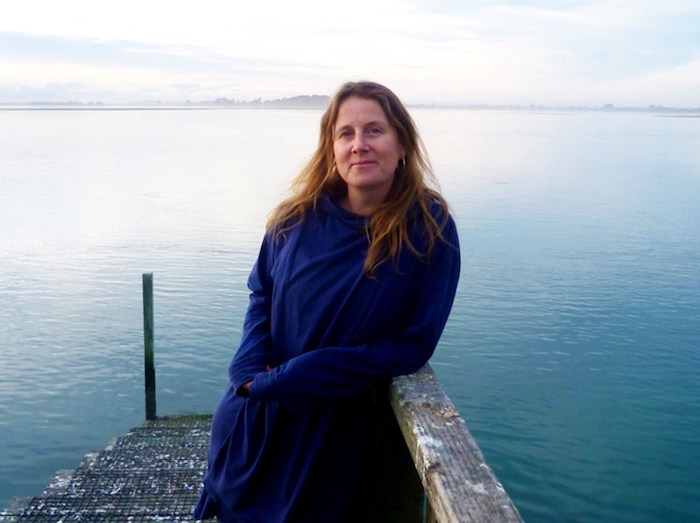
Increasingly distanced from death
Returning a shrouded body to the earth is nothing new. The practice is documented in the Bible, the Torah and the Koran. But over the past century, our distance from death increased. We tend to live apart from our families. About 70% of deaths of those 65 and over happen in rest homes and hospitals. Increasingly, the roles of body preparation, transporting, wakes, viewings and even organising a funeral are delegated to professionals.
“When we died at home and looked after each other as family groups, we knew how to do this,” says British palliative-care specialist Dr Kathryn Mannix, who is on a speaking tour of New Zealand. “Now we can take people to hospital to make them better, but we still take them to hospital when we can’t make them better. And they end up dying there, so no one sees normal dying at home any more.”
Instead, our understanding of death is diminished by unhelpful euphemisms, such as “passed away” and “lost the battle”, or hyped up by the dramatic blood-soaked killings dished up by TV crime series or computer games.
“But normal dying is not dramatic,” says Mannix. “The physical process is very gentle – it is really not that interesting unless you love that person. More-open discussions about death and dying will reduce that fear and superstition and allow us to be honest with each other at a time when well-intentioned lies can separate us and waste what precious time we have left.” As she writes in her new book, With the End in Mind: Dying, Death and Wisdom in an Age of Denial, this involves being explicit about the likely course of the illness, the necessary support, the availability of required resources if a person is to die in their home and the nature of dying itself.
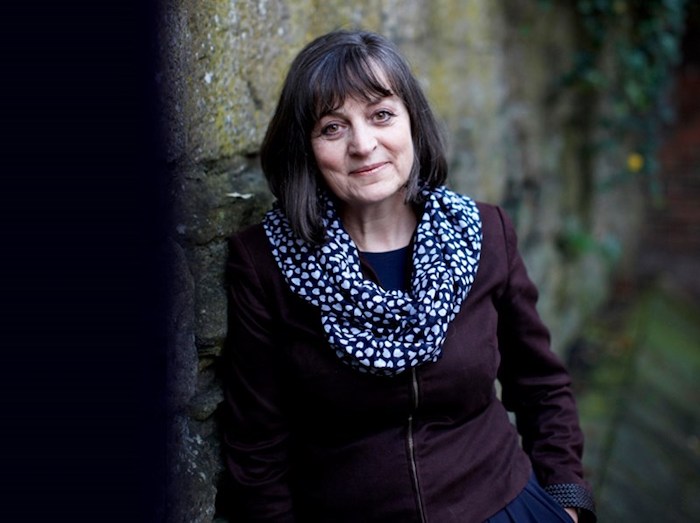
Some cultures keep a closer proximity to death than others. In Death and Dying in New Zealand, funeral director Kay Paku explains the Māori belief that keeping the body surrounded by loving family and friends “helps to calm and free the spirit”. Throughout Catholic Ireland, says Mannix, when someone is dying, people will call in, talk to the family, say their goodbyes: “They wouldn’t pretend it wasn’t happening.” Emma Johnson recalls witnessing the burning funeral pyres in Varanasi in India. “The realisation we are physical matter becomes very clear,” she says, “whereas for us, a lot of that is behind closed doors.”
Death and Dying in New Zealand swings open those doors. It includes essays on Māori tangi, funeral poverty, cemetery architecture, the workaday world of a coroner and the truly, madly, deeply successful funeral-home series The Casketeers.
Former midwife then hospice nurse Katie Williams recounts the history of her coffin-making club in Rotorua, the “happiest and most enjoyable club” in town. On the phone before giving a TedX talk, she describes the moment in 2010 when she first suggested the idea as a U3A course (an organisation that selects and creates courses for people of retirement years). “There was dead silence – but at the end of the meeting there was a line of people waiting. It is a way of taking control. You are going out in something that means you, not mahogany and gold.”
She describes a man who was close to death, a young father who had never had a go-kart as a kid. “So, we made him a go-kart – he went off in huge style, he had a wonderful exit.”
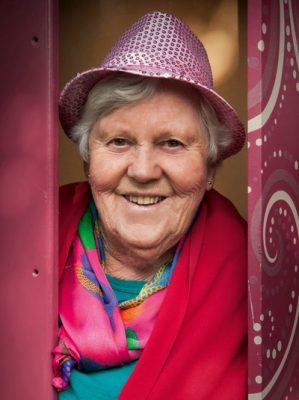
“Death-positive movement”
“Alone we are born/And die alone”, wrote James K Baxter in 1948, but in planning our own “wonderful exit”, the dying part is becoming a lot more social. The death-cafe movement, launched in England in 2011 to encourage open conversations about dying, is now a global tradition taking place in coffee shops, offices, community halls, libraries and living rooms in more than 50 countries, including New Zealand. Death walkers, death midwives and death doulas now offer their services to assist people through the dying process.
Once a month, about a dozen people turn up at Christchurch’s Quaker Centre to discuss all things related to death. Convener Rosemary Tredgold says it’s an opportunity to discuss issues many haven’t considered out loud. Do you need a funeral director? What sort of coffin do you want? What sort of service? Do you have a will? Do you have an advanced-care plan? Do you have power of attorney? How can you get a cheaper funeral? What’s going to happen when I die?
“If you look back at my parents’ generation, we couldn’t talk about death – one didn’t. It was very, very difficult. When my father died, it was exactly the same as when his father died – you didn’t talk about trauma, about war, about dying. But there is such value in sharing ideas.”
In sharing her ideas, US mortician and self-professed funeral industry rabble-rouser Caitlin Doughty developed a cult following. Her first book, Smoke Gets in Your Eyes, was a New York Times bestseller. Her latest, From Here to Eternity: Traveling the World to Find the Good Death, is pitched as a search for “the good death”, in contrast to American death practices she describes as brief, distant and sterile. Her work has spawned a tell-all “death-positive movement” that encourages people to speak openly about death, dying and corpses (Tenet 1: I believe that by hiding death and dying behind closed doors, we do more harm than good to our society).
Grief specialist Tricia Hendry sums it up as a “happy belligerence”, the result of an ageing population – by 2051, one in four of us will be 65 or over – and a lifting of taboos, “whether it is tampon ads on TV to talking about death and euthanasia. It’s an information age – there’s a lot more information at the click of a button – and because we are living longer, I am conscious of a confidence in older people that wasn’t there a couple of generations before us. There is a fighting spirit now – a sense of life going on for longer and I want to exit it on my own terms.”
Although these terms may include a green or eco-burial, there are drawbacks. Such burials are not cheap alternatives. There are savings from having no embalming, prefabricated coffins and headstones, but imported willow or seagrass caskets can ratchet up the cost and councils still need to charge for land that will never be used again. According to Blackham, natural cemeteries can be a couple of hundred dollars more expensive than a standard interment.
And, because the shallower burials allow only one interment per plot, this does not help those cities fast running out of cemetery space. Today, only 30 of Auckland’s 53 council-owned or -managed cemeteries are operational. Manukau Memorial Gardens has sufficient space for lawn burials until 2035 and North Shore Memorial Park until 2050. Waikumete, New Zealand’s largest cemetery, is expected to run out of new body burial plots – as opposed to ash burials – within the next three to five years. Already, the council has announced it will be seeking feedback on potential new burial areas in the cemetery and different forms of burial, including private and public mausoleums, vaults and “niche walls” for ashes.
“There is not any immediate urgency,” says the newly appointed manager of cemetery services for Auckland Council, Nikki Marchant-Ludlow, “but it is something we need to consider as we grow. We are working on a plan to consider what our options are in terms of utilising the land we have and whether there is any other land we could consider in and around the area.”
To cope with competing demands for land, some countries offer burials for limited tenure, after which the remains are disinterred and reburied deeper or put into an ossuary box.
Families in Spain and Greece rent an above-ground crypt where bodies lie for several years. Once they have decomposed, the bodies are moved to a communal burial ground, so the crypt can be used again. In this country, until the late 19th century, Māori of high status were buried close to settlements, then their bones were disinterred and placed in secret locations.
Rules not okay
Today, burial locations are mandated by legislation. New Zealand law allows a body to be buried in a public cemetery, a Māori burial ground, a religious/denominational burial ground, a private burial place used for burial before April 1965 (with permission from a District Court judge or mayor), on private land if there is no cemetery or burial ground within 32km of the place where the person died or is to be buried (again with permission from the Ministry of Health and the local council), or in any other place if the ministry agrees in advance that the place is safe and appropriate for burial. Burial at sea is allowed at five offshore burial sites around the country with a permit from the Environmental Protection Authority and evidence to show the burial took place at the agreed location, that the casket remained in one piece when it entered the sea and that it sank straight to the sea floor. Since taking over the regulatory role in 2015, the Environmental Protection Authority has received and approved only two applications for burial at sea.
In its 2015 overview of the 1964 Burial and Cremation Act, the Law Commission concluded the legislation is “old, out of date and fractured”. Citing increasing immigration, the changing nature of family relationships, increasing use of cremation and growing demand for eco-burials, biodegradable coffins and DIY funerals, it recommends the law be replaced by new statutes for deaths, burials and cremations.
It recommended extending the power to determine the cause of death to some nurses (this was integrated into an Act amendment last year); loosening restrictions on new cemeteries (although still keeping them under local authority management); and allowing people to appoint someone as a “deceased’s representative” to make decisions about the funeral according to their wishes or tikanga.
It also recommended exploring “alternative methods of cremation” or other means of disposing of bodies. Although applications for cremation on an outdoor pyre, the traditional method of cremation for some religions, are few – the Ministry of Health is aware of only two cremations outside approved crematoria in the past 25 years, both for highly respected Buddhist monks – the Law Commission report suggested this option should not be limited to religious denominations as is currently the case; “rather, it should be the sincerity of the application that is relevant”.
As society changes, such funerary and burial options will need to be addressed at a policy level. On a personal level, to allow for a grieving process that is meaningful and uncomplicated, Johnson is hopeful more people will start discussing their own end-of-life wishes, writing them down, recording them in an advanced care plan.
“Talking about death and about what you want at the end of your own life allows for that resilience in society. Having that open conversation goes on to living life better and being able to grieve in a healthier way.”
Complete Article ↪HERE↩!
